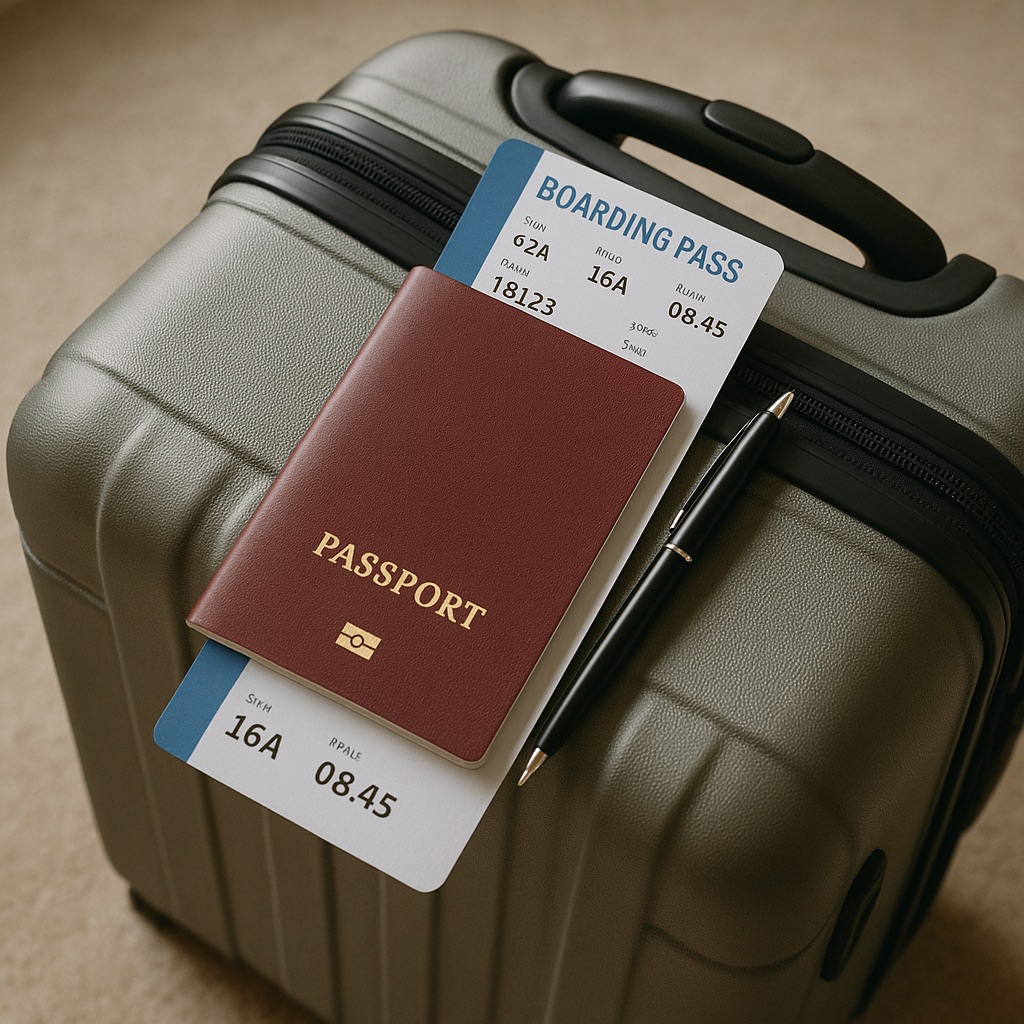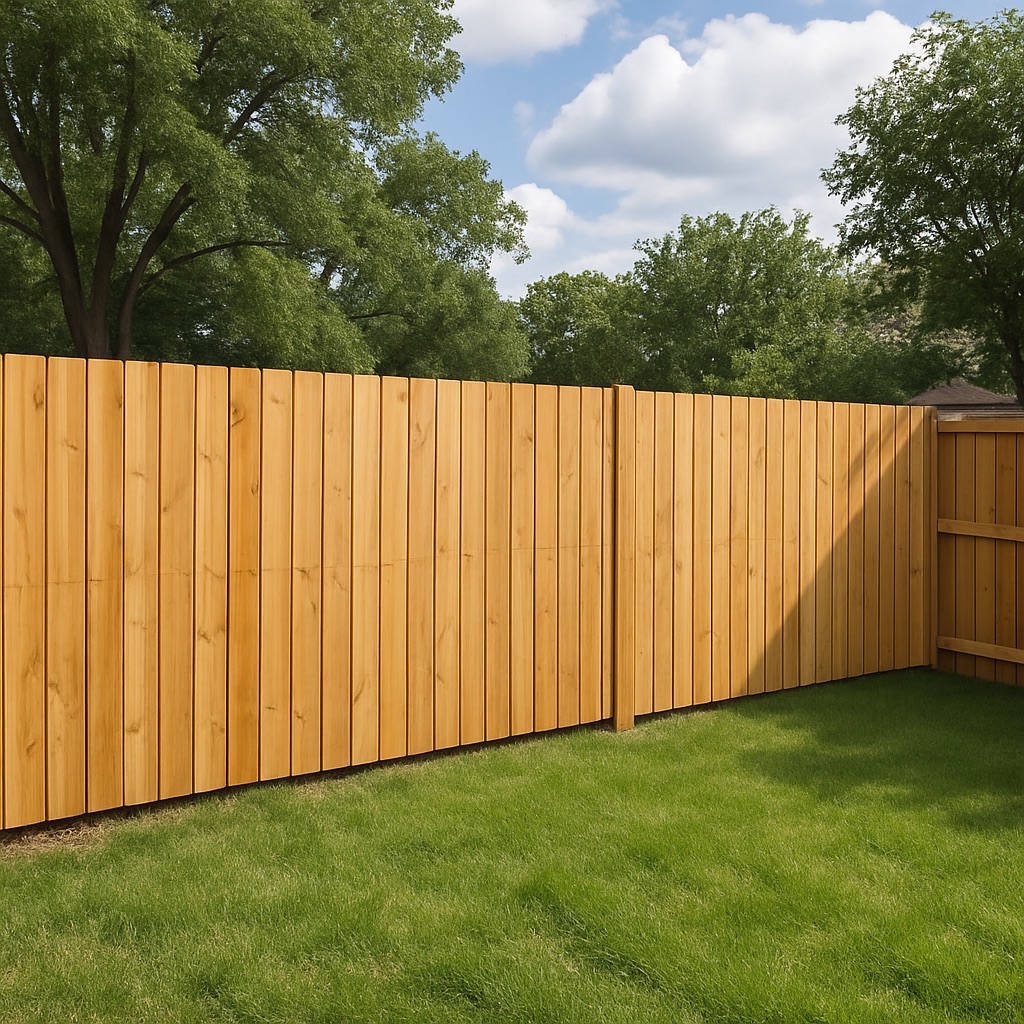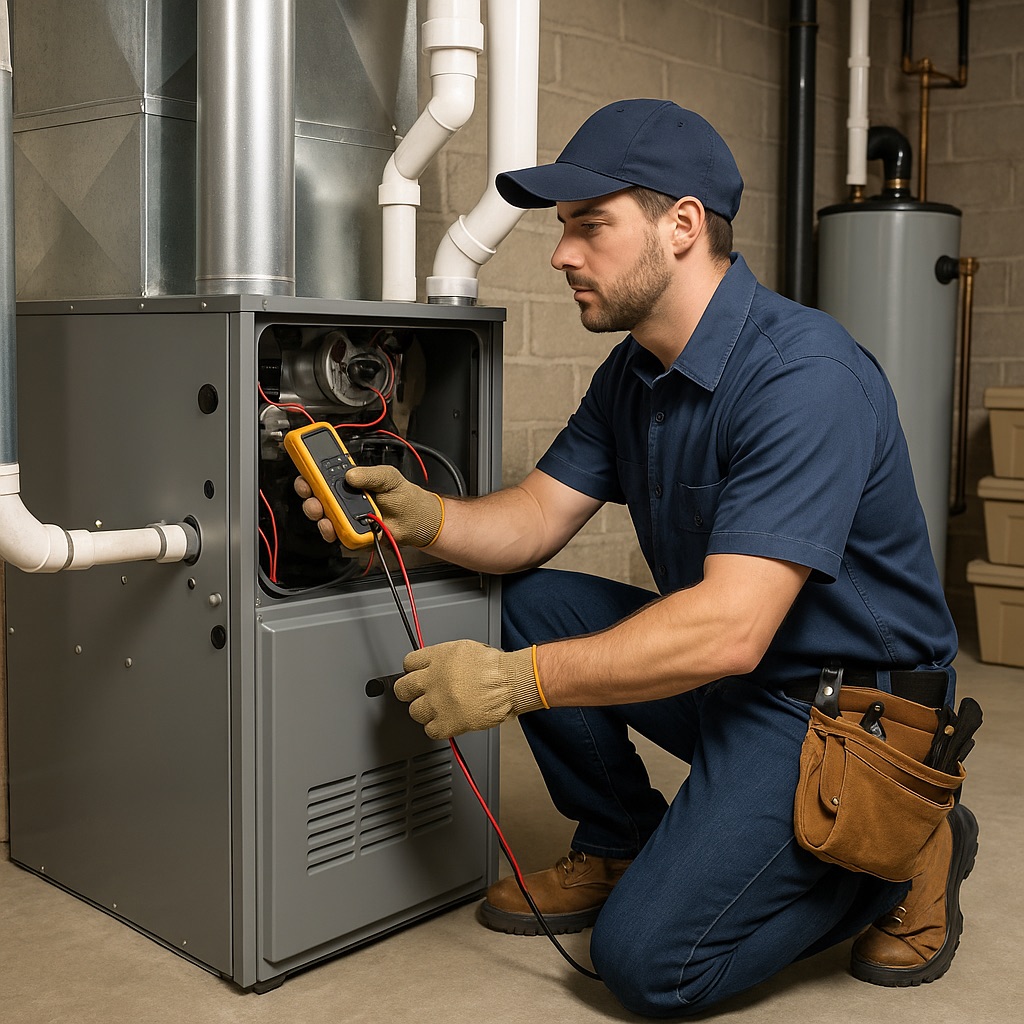Last updated on
Do you live in an old house? If so, you know that they can be drafty, creaky, and generally harder to keep warm in the winter and cool in the summer. It often requires more maintenance than a newer one.
One issue that many homeowners face is keeping the house dry and stable. The roof might be leaking, the windows might be drafty, or there could be cracks in the foundation.
Here are six tips to help you keep your old house dry and stable.
Table of Contents
Replace the Roofing

If you are living in an old house, the chances are that its roof is also old and leaking. The first thing you need to do is have it replaced. This will keep your house dry and make it more energy-efficient.
As highlighted by the team behind Nations Roof, you can repair or replace your roof, depending on its condition. You only need to call the experts to evaluate its condition and provide the best solution.
When replacing your roofing, there are many factors that you need to consider, such as the climate, your budget, and the type of roof that would be most suitable for your house.
For instance, if you live in an area with a lot of snowfall, you must ensure that your roof can withstand the weight of the snow.
Fix the Windows
Another way to keep your old house dry is by fixing the windows. Make sure that they are properly sealed and insulated to prevent drafts. You might also want to consider replacing them with energy-efficient windows to reduce energy costs.
When replacing the windows, choosing the right type of window for your needs is important. For instance, if you live in a cold climate, you must ensure that the windows can withstand the cold weather.
Otherwise, they will end up cracking and becoming drafty. Finding the best window design for your home to complement its overall look is also important.
Fill the Gaps in the Foundation
Another common issue in old houses is the foundation. Over time, the foundation can start to settle and crack. This can lead to water seepage and other problems.
To prevent this from happening, you need to fill in the gaps in the foundation. You can do this yourself or hire a professional to do it for you.
When filling in the gaps in the foundation, it is important to use the right type of material. For instance, if you live in an area with a lot of rainfall, you must ensure that the material can withstand the water.
Otherwise, it will just wash away. It is also important to ensure the material can bond with the foundation. Otherwise, it will just come loose and cause more problems.
Replace the Gutters
If your old house has gutters, you need to ensure they are in good condition. This is because gutters play a crucial role in keeping your house dry. They help to collect the water from the roof and divert it away from your house.
If the gutters are old and leaking, you need to have them replaced. This will keep your house dry and prevent water damage to your foundation. When replacing the gutters, it is important to choose the right type of gutter for your needs.
For instance, if you live in an area with a lot of snowfall, you need to ensure that the gutters can withstand the weight of the snow.
Work on the Basement
The basement is another common area where water seepage can occur. This is because the basement is usually lower than the rest of the house, making it more susceptible to flooding. To prevent this from happening, you need to work in the basement.
There are many ways to work on the basement, such as waterproofing it or installing a sump pump. Waterproofing the basement will help keep it dry and prevent water from seeping in.
On the other hand, a sump pump will help remove any water that has already seeped in. Ensure that you choose the right solution for your needs.
Regular Maintenance
Lastly, you need to make sure that you do regular maintenance on your old house. This includes checking for any leaks or cracks and repairing them immediately. You should also check the gutters and downspouts to ensure they are clear of debris.
Ensure that you use the right tools and materials when doing the checkups. For instance, if you are checking for leaks, you must use a moisture meter. This will help to detect any areas where there is water seepage. If you find any cracks, repair them immediately to prevent further damage.
These are some things you need to do to keep your old house dry and stable. You can start by working on your roof, windows, and foundation.
You should also regularly check your gutters and basement for leaks or cracks. By taking these steps, you can prevent water damage to your house and keep it in good condition for years.




